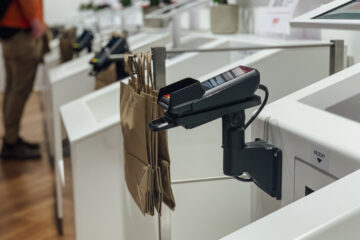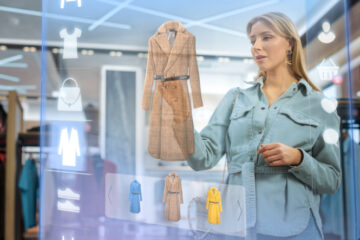Self-checkout adoption accelerates as customers seek convenience and safety
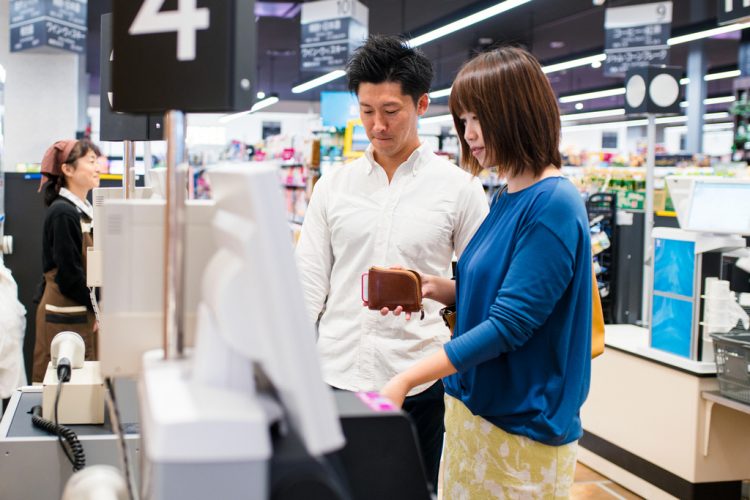
Not long ago, it was unusual to see self-checkout (SCO) terminals in stores, but there has been a rapid acceleration in SCO adoption recently and shipments of SCO terminals increased 25% in 2020 according to a study by RBR.
After more than a year of social distancing, stores recognize the need to recover the trust of consumers, particularly the more vulnerable and cautious, by offering low-touch shopping options such as SCO.
It is important to realize that reducing contact in the purchase journey does not mean that the store is limited to being a simple pickup location.
Thanks to SCO technology, it is possible to offer shoppers all the benefits of a traditional in-store shopping experience, but with the option of faster lines and maintaining a safe distance from staff and other shoppers when scanning and paying for the goods at the checkout.
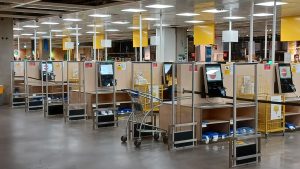
Surveys show that customers believe SCO terminals are not just safer but faster than traditional checkouts. Even if there are lines to use SCO terminals, many customers will wait to use them because they believe the SCO line will move quicker or simply because they value the convenience of being able to scan their items themselves.
Self-checkout has taken off thanks to the rapid growth of contactless payments, initially card-based and increasingly supported by smartphones. This was the first step that opened the door for the mainstream adoption of SCO, initially led by food supermarkets, which have long struggled with a way to reduce checkout lines.
Convenience and safety
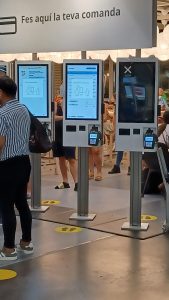
SCO adoption has accelerated in the last year as retailers in many more sectors have realized that not only does SCO help optimize staffing levels at a time when business is still volatile because of the pandemic, but it reassures customers concerned about minimizing physical contact and speeds shopping journeys.
These photos are from an IKEA store in L’Hospitalet del Llobregat near Barcelona I visited recently and they show just how quickly the balance has shifted to SCO.
The store has 13 traditional attended checkouts but they are heavily outnumbered by the 36 SCO terminals, shown in the first photo.
Another benefit of self-service options is they make it easier to reconfigure store layouts, as the terminals have a more compact footprint. In the case of the IKEA store I visited, the second photo shows some self-service terminals where customers can order and pay for items.
These terminals are located away from the traditional checkout area in the lobby to appeal to customers before they enter the store.
A few years ago, many retailers had doubts about the value of SCO which, in some cases, led to SCO terminals that were implemented as pilot projects being removed from stores. But it is clear that it is a technology that is now here to stay.
Solutions like Openbravo allow retailers to advance their adoption of SCO solutions either independently, by integrating with your existing “legacy” POS solution, or as a unique and integrated solution that supports different scenarios, whether attended or unattended, fixed and mobile.
👉Watch this short video, part of our Guided Product Tour, to discover how easy it is to configure Openbravo POS as a self-checkout solution to facilitate low-touch scenarios.

